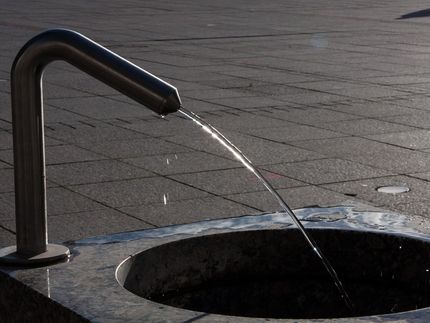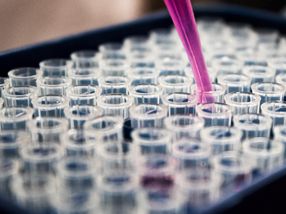Living sensor can warn of arsenic pollution
Advertisement
Scientists studying arsenic pollution have discovered a living sensor that can spot contamination. They have also discovered new bacteria that can clean up arsenic spills even in previously untreatable cold areas, microbiologists heard at the Society for General Microbiology's Autumn meeting .
The Giant Mine in Canada is in the sub-arctic. It contains over 230,000 tonnes of arsenic-containing dust, making it one of the most polluted places on Earth as well as one of the most inhospitable.
"Water seeps through the mine cracks carrying the arsenic with it as it drips down the walls," said Thomas Osborne from University College London, UK. "We discovered new types of bacteria living in biofilms on the walls of Giant Mine that consume arsenic compounds contained in the polluted water seeping through."
"Until now, no bacteria have ever been isolated that can thrive in cold temperatures and deal with arsenic contamination. The new bacteria we discovered function at temperatures from 20°C down as low as 4°C," said Thomas Osborne. "These bacteria also live in a community called a biofilm, which means that we can build them into a new system to clean up contaminated areas by removing the arsenic from soil or drinking water, even in the cold far north and south, or in winter".
"The other exciting possibility that this opens up is that we can isolate the enzyme from these new strains of bacteria and develop an arsenic biosensor to use in cold environments. This will warn when traces of arsenic are escaping from areas like mine workings, industrial chemical facilities, or even laboratories, alerting us before pollution manages to get into watercourses or drinking water supplies. We could also use it to test newly drilled wells in countries like Bangladesh where water supplies are known to be contaminated," said Thomas Osborne.
Most read news
Organizations
Other news from the department science
These products might interest you

Whatman™ folded filter papers by Cytiva
Whatman folded filter papers
Convenient folded formats speed up your sample preparation

Systec H-Series by Systec
Safe, reproducible and validatable sterilization of liquids, solids and waste
Autoclaves with 65-1580 liters usable space, flexibly expandable for various applications

Get the chemical industry in your inbox
By submitting this form you agree that LUMITOS AG will send you the newsletter(s) selected above by email. Your data will not be passed on to third parties. Your data will be stored and processed in accordance with our data protection regulations. LUMITOS may contact you by email for the purpose of advertising or market and opinion surveys. You can revoke your consent at any time without giving reasons to LUMITOS AG, Ernst-Augustin-Str. 2, 12489 Berlin, Germany or by e-mail at revoke@lumitos.com with effect for the future. In addition, each email contains a link to unsubscribe from the corresponding newsletter.





























































